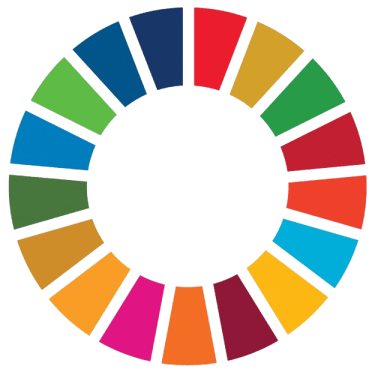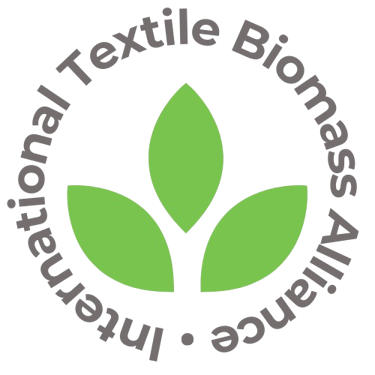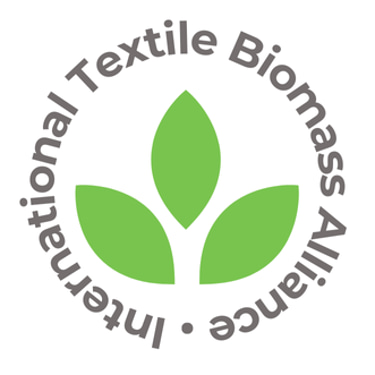Cashmere and circularity - Between luxury fiber and ecological responsibility
A timeless symbol of refinement and softness, cashmere is today facing a major existential crisis. Behind its exceptional thermoregulatory qualities lies a concerning environmental reality: its mass democratization since the 2000s has triggered an ecological catastrophe in Mongolia and China, while weakening the nomadic communities who depend on it. Faced with this situation, the textile industry is organizing around two complementary approaches: sustainable cashmere and recycled cashmere.
11/20/20253 min read


A precious fiber with a high environmental cost
Cashmere goats have the particularity of grazing by pulling grass out by the roots, which prevents the soil from regenerating (Le Petit Journal). Since the 2000s, herd sizes have doubled to reach approximately 70 million animals, exceeding the soil's carrying capacity in certain areas (Le Petit Journal). There are now 27 million cashmere goats in Mongolia, nearly eight ruminants per inhabitant, and more than 53% of soils have been degraded over the last decade (The Good Goods).
This overexploitation has human consequences. 30% of Mongolia's population lives from nomadic herding, generating reliable income through cashmere production (Le Petit Journal). Today, 23,000 families depend directly on cashmere goat farming in Mongolia (Expobiomasa). Global production is estimated between 13,000 and 18,000 tons annually, with China and Mongolia producing 90% of the world's cashmere.
Certifications for responsible cashmere
Facing this urgency, several certification initiatives have emerged. In December 2024, the Sustainable Fibre Alliance published the SFA Animal Fibre Standard after extensive multi-stakeholder consultation conducted between 2022 and 2024, replacing the former SFA Cashmere Standard (CarbiosCarbios). This standard defines best practices for responsible cashmere production at the herder level, covering animal welfare, pasture management, decent working conditions and fiber quality improvement.
The Good Cashmere Standard, developed by the Aid by Trade Foundation, aims to improve the welfare of cashmere goats according to the Five Domains of Animal Welfare as well as the economic, social and ecological conditions experienced by herders in Inner Mongolia (Carbios). Independent audits regularly ensure compliance with sustainability criteria.
Sustainable herders limit their flocks to 50-100 goats per hectare compared to 200-300 in intensive farming, allowing pastures to regenerate naturally between grazing periods and reducing environmental impact by 60% (Le carnet global).
Recycled cashmere: a promising circular solution
Alongside these certification efforts, recycled cashmere emerges as a truly innovative alternative, made from pre- and post-consumer waste collected in factories or old garments revalued into new fibers (Enerzine). Fabrics are sorted and carefully classified by color then shredded into small pieces, mixed with recycled wool (5-10%) before being spun to create a strong, undyed yarn used to make all types of garments and accessories (Enerzine).
In France, several players are structuring this circular sector. Since 2021, NOTSHY Cashmere operates as a collection point for a cashmere fiber recovery circuit, having enabled the resale or donation of 1,630 kg of 100% cashmere material for recycling (SAPUB). Collective Cashmere Lab, a non-profit association, collects old 100% cashmere sweaters that are torn, holed or damaged, sorted by color, stripped of all accessories to obtain raw material entrusted to a French partner for transformation into new fiber, a 100% regenerated cashmere yarn (Margueriteetcie).
Recycled cashmere stands out for its increased durability, resulting in a substantial reduction in resources needed for its production and a drastic decrease in carbon footprint (Agri Mutuel). However, attention must be paid to the term "recycled" since virgin fibers are often added to recycled fiber, with the GRS (Global Recycled Standard) label guaranteeing that at least 50% of the material is recycled (TotalEnergies).
An economic and cultural challenge
The main obstacle remains economic. In Inner Mongolia, intensive goat farming accelerates desertification, a consequence of overgrazing (L'Usine Nouvelle). Brands like Absolut Cashmere commit to respecting a sustainable manufacturing process in their own production centers, where respect for animals and biomass are priorities.
In Mongolia, AVSF (Agronomists & Veterinarians Without Borders) and its partners have structured the world's first sustainable cashmere production chain in five townships of Bayankhongor province (Maudits Français). Grouping herders into five cooperatives and training in cashmere management and processing have enabled the sale of higher quality cashmere directly and therefore at higher prices, while establishing 74 pasture user groups has collectively organized camps according to the principle of rotational grazing (Maudits Français).
To respect animal welfare, cashmere goats are not sheared in eco-responsible production: cashmere is obtained from naturally molted goat down during their seasonal molting (Linseis). The manufacturing process minimizes the use of chemicals, water and energy, with ecological dyeing that minimizes water pollution Linseis.
Towards more conscious consumption
For textile biomass stakeholders, cashmere represents a textbook case of tensions between luxury demand, producers' economic viability and ecosystem preservation. The solution lies in a hybrid approach combining:
Rigorous certification of primary production (SFA, Good Cashmere Standard, GOTS)
Massive development of recycling and upcycling sectors
Total supply chain transparency
Consumer education on lifespan and care of cashmere pieces
Since 2022, consumer information on product end-of-life has improved through implementation of Triman pictograms and sorting signs on all products and packaging (SAPUB). France, with its textile tradition and committed stakeholders, has a role to play in this transition toward truly circular and responsible cashmere, reconciling quality, ethics and sustainability.
ITBA - AIBT
If you have any questions, please do not hesitate to contact us.
FOLLOW US
Ressources
contact@itba-aibt.org
© 2025. All rights reserved.
Help




